The GCC Plasma Fractionation Market is characterized by a dynamic competitive landscape that plays a crucial role in healthcare advancements within the region. This market is deeply influenced by both local and international players who aim to meet the increasing demand for plasma-derived therapies.
The region has seen substantial growth due to the rising awareness of hemophilia, immunological disorders, and other blood disorders necessitating blood-derived products. Stakeholders in the market, including pharmaceutical companies, research institutions, and healthcare practitioners, strive to develop more effective and innovative formulations.
Moreover, regulatory frameworks and government initiatives supporting plasma donation and manufacturing practices contribute to the competitive dynamics, driving companies to enhance their product offerings while maintaining compliance with stringent health regulations.
Octapharma is a significant player in the GCC Plasma Fractionation Market, recognized for its comprehensive portfolio of high-quality plasma-derived products, including immunoglobulins and clotting factor concentrates. The company possesses a strong market presence, leveraging advanced technology and expertise in the fractionation process.
Its commitment to innovation and quality assurance strengthens its reputation, making Octapharma a trusted name in the region. The company's efficient supply chain and distribution channels enhance its ability to deliver products to meet local market needs swiftly. Octapharma’s focus on customer satisfaction and responsiveness to market trends allows it to maintain a competitive edge, and its strategic partnerships with healthcare entities further bolster its standing in the GCC.
Takeda, another key player in the GCC Plasma Fractionation Market, offers a robust portfolio that includes plasma-derived therapeutics designed to treat rare and complex diseases. The company's strengths lie not only in its diverse product range but also in its extensive research and development capabilities, which are crucial for fostering innovation and maintaining a leading market position.
Takeda has pursued several mergers and acquisitions to expand its footprint in the GCC, enhancing its market presence and enabling it to integrate various technologies to meet patient needs effectively. Through its commitment to providing essential therapies and its strategic partnerships in the region, Takeda reinforces its goals of improving patient outcomes and advancing healthcare standards. The company’s focus on building strong relationships with healthcare professionals and stakeholders in the GCC further emphasizes its role in shaping the plasma fractionation landscape in this rapidly evolving market.


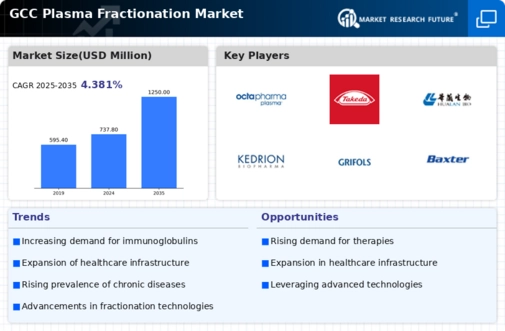
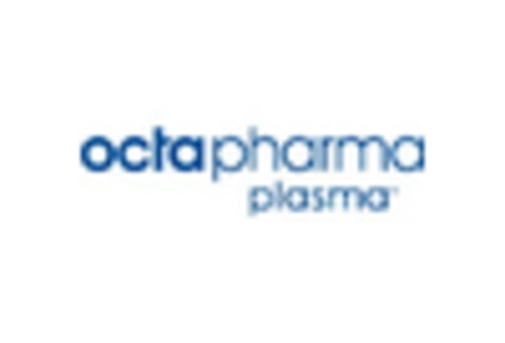
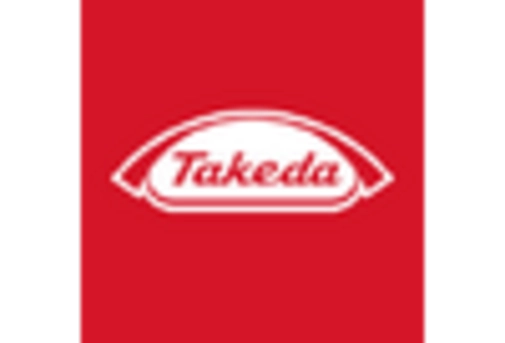
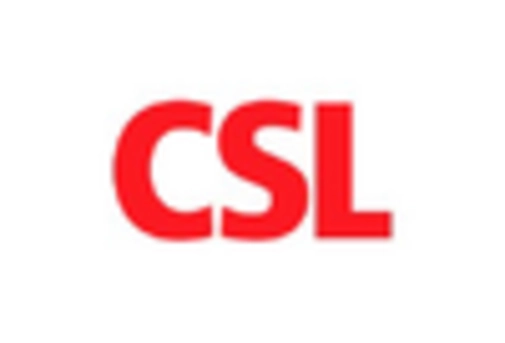
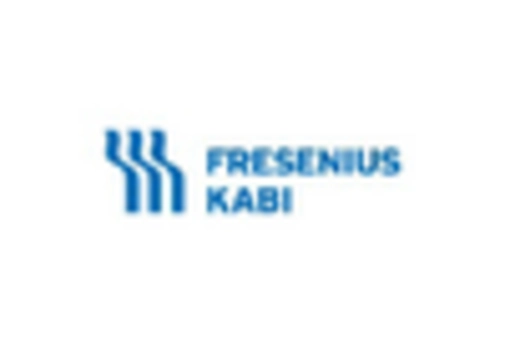
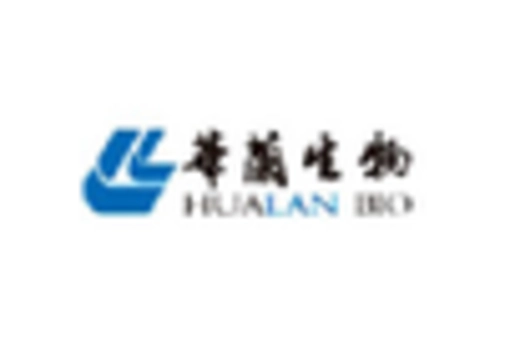
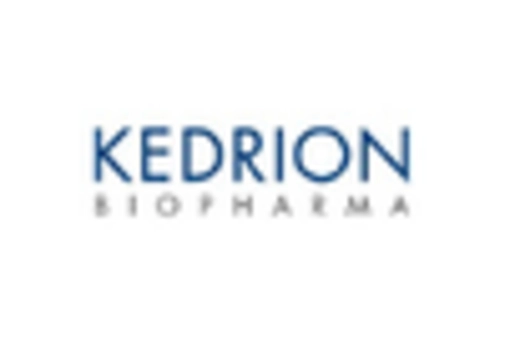
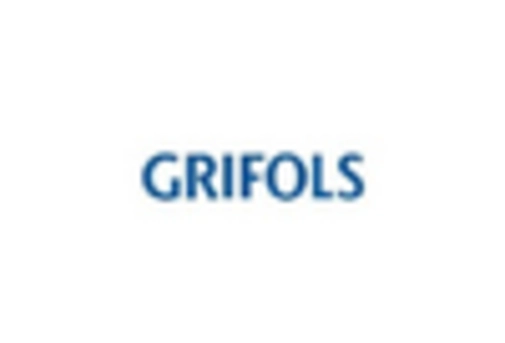
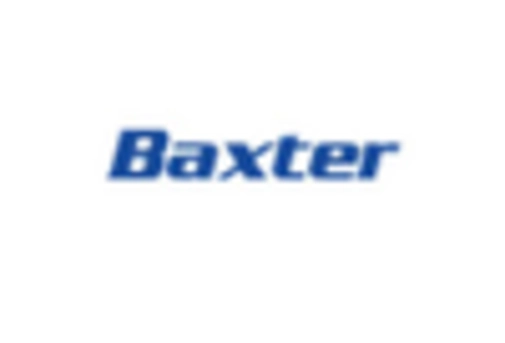
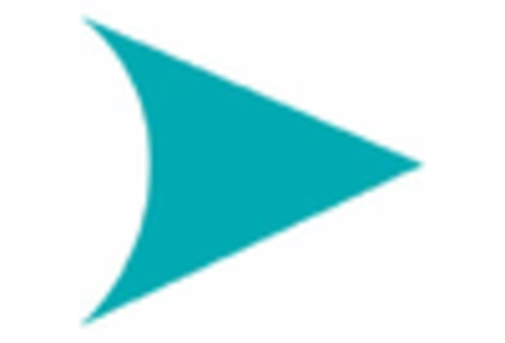
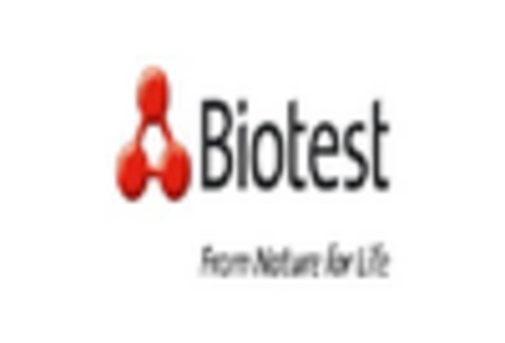
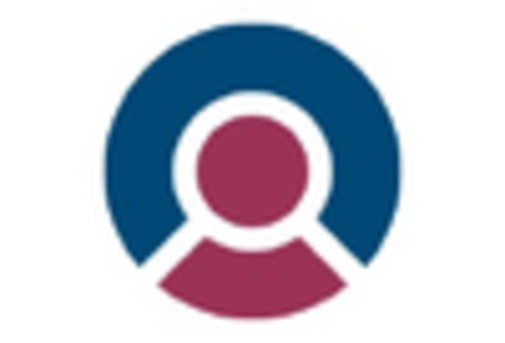








Leave a Comment